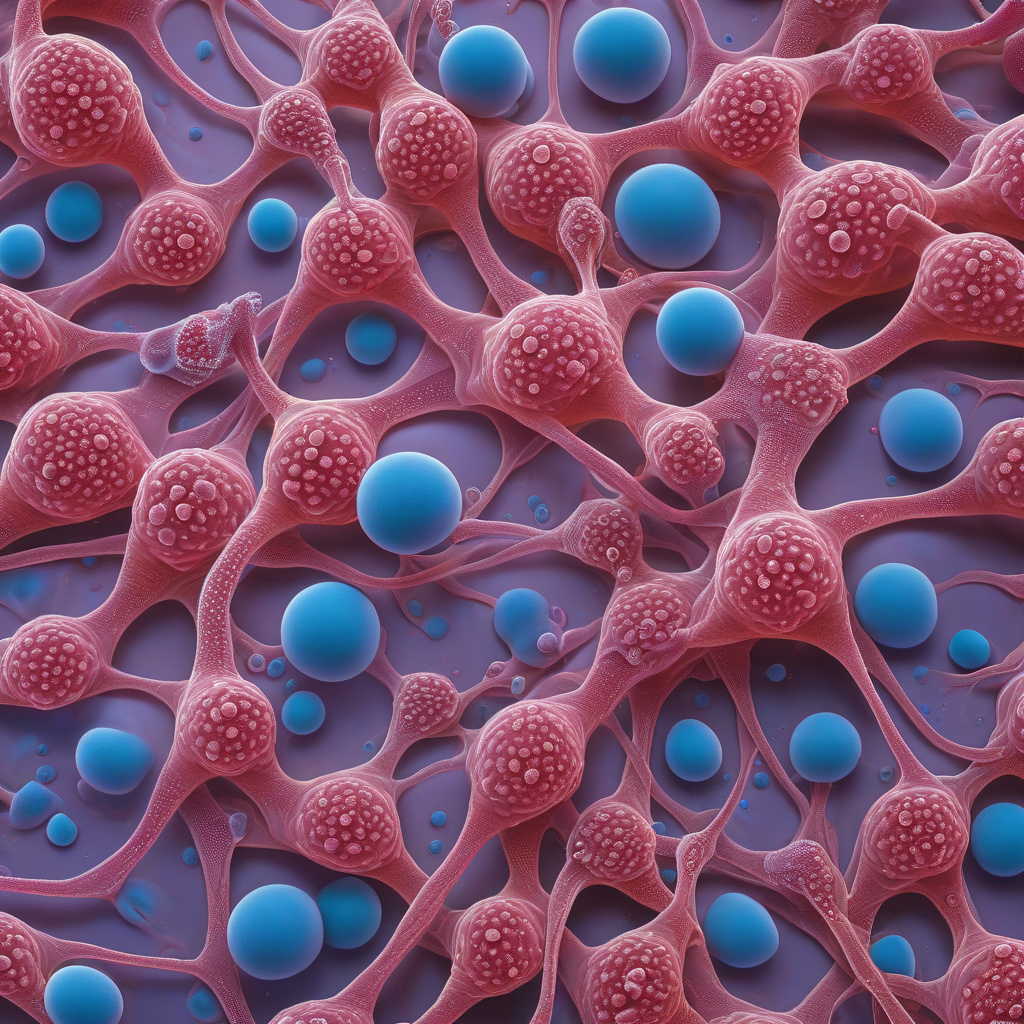Hidden Molecular ‘Switch’ in Sperm Could Make On-Demand Male Birth Control a Reality
Michigan State University (MSU) researchers have identified the molecular “switch” that supercharges sperm for their journey to fertilize an egg. This groundbreaking discovery opens up the possibility of developing a male contraceptive that can be turned on and off at will, providing couples with more control over their reproductive choices.
The study, led by Dr. Chen Chen, a reproductive biologist at MSU, focused on a protein known as CatSper. This protein plays a crucial role in the hyperactivation of sperm, which is essential for their ability to penetrate the protective barriers surrounding the egg. By targeting CatSper with specific drugs, researchers believe they can manipulate sperm motility and prevent them from reaching and fertilizing an egg.
Unlike existing male contraceptives, which primarily rely on hormones to suppress sperm production, this new approach directly interferes with the sperm’s ability to function effectively. By disrupting the molecular switch that powers sperm motility, scientists hope to provide a more reversible and less invasive form of birth control for men.
One of the key advantages of this potential male contraceptive is its on-demand nature. By controlling when the molecular switch is activated or deactivated, individuals could effectively regulate their fertility without the need for long-term interventions. This flexibility could be particularly appealing to couples who want to share the responsibility of family planning more equitably.
Furthermore, the development of a male contraceptive that targets sperm function could help address some of the limitations of existing birth control methods. For example, hormonal contraceptives for women can have side effects ranging from weight gain to mood changes, whereas a non-hormonal male contraceptive could offer a more tolerable alternative for some individuals.
While the concept of male birth control has been explored for decades, the discovery of the molecular switch in sperm represents a significant step forward in this area of research. By honing in on the specific mechanism that drives sperm activation, scientists have identified a promising target for future drug development.
Of course, bringing a new form of male contraception to market is not without its challenges. Clinical trials will be needed to assess the safety and efficacy of any potential drugs targeting CatSper, and regulatory approval processes can be lengthy and complex. However, the prospect of expanding contraceptive options to include a male-controlled method is an exciting development in the field of reproductive health.
In conclusion, the identification of the hidden molecular switch in sperm by MSU researchers offers a glimpse into a future where on-demand male birth control could become a reality. By manipulating the key protein responsible for sperm hyperactivation, scientists are paving the way for a new generation of contraceptives that could revolutionize family planning dynamics. As this research progresses, it holds the promise of empowering individuals with more choices and control over their reproductive destinies.
male birth control, reproductive health, sperm function, contraceptive research, on-demand contraception











